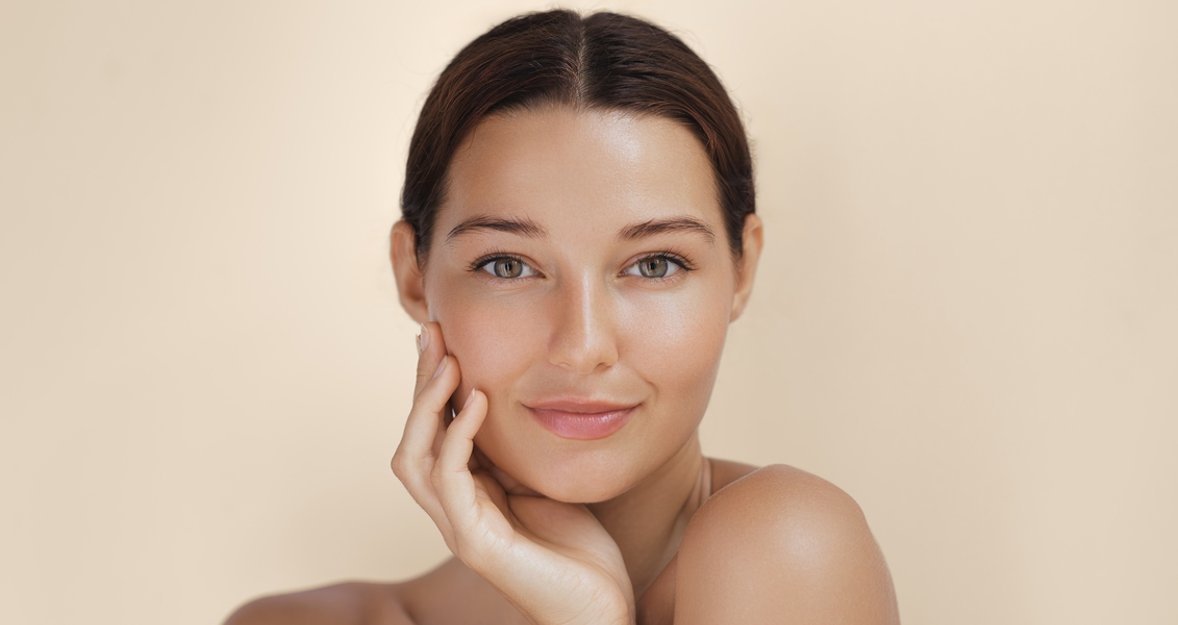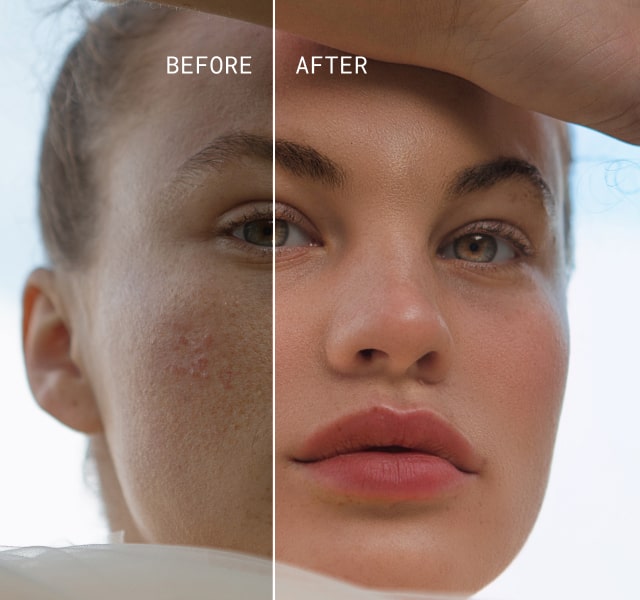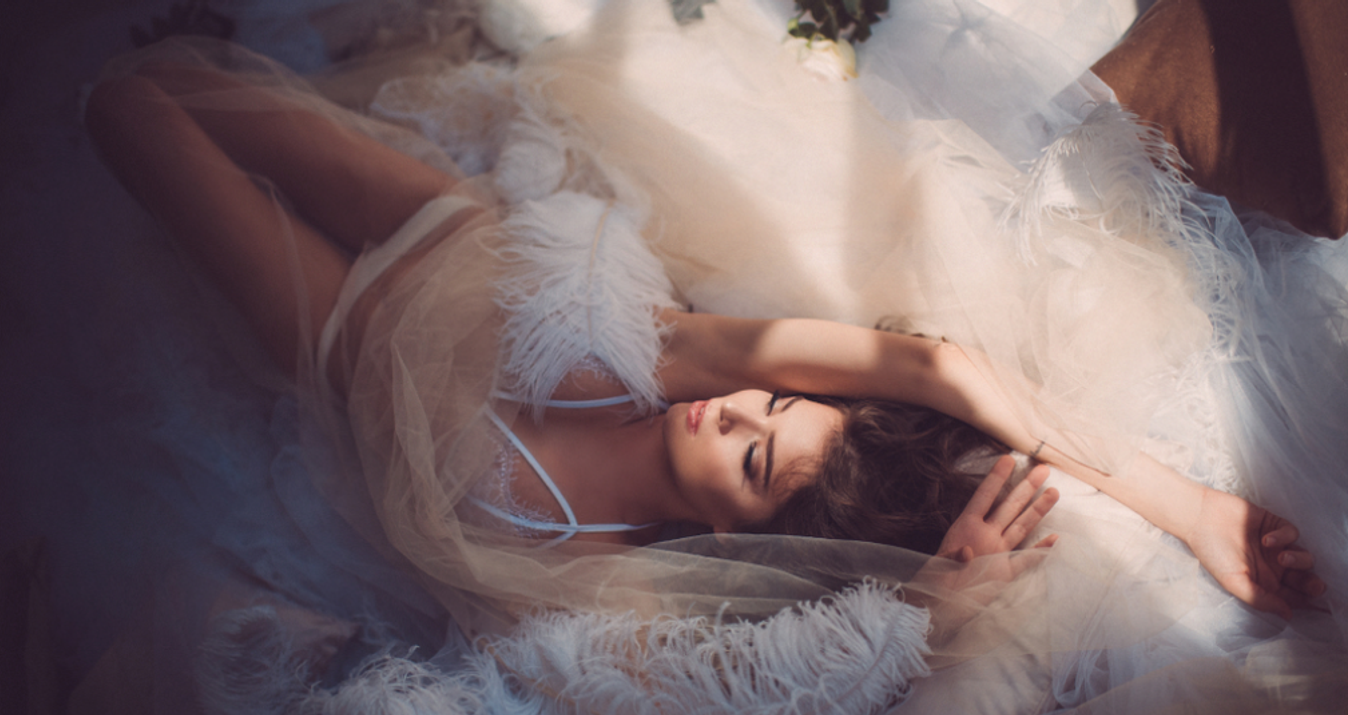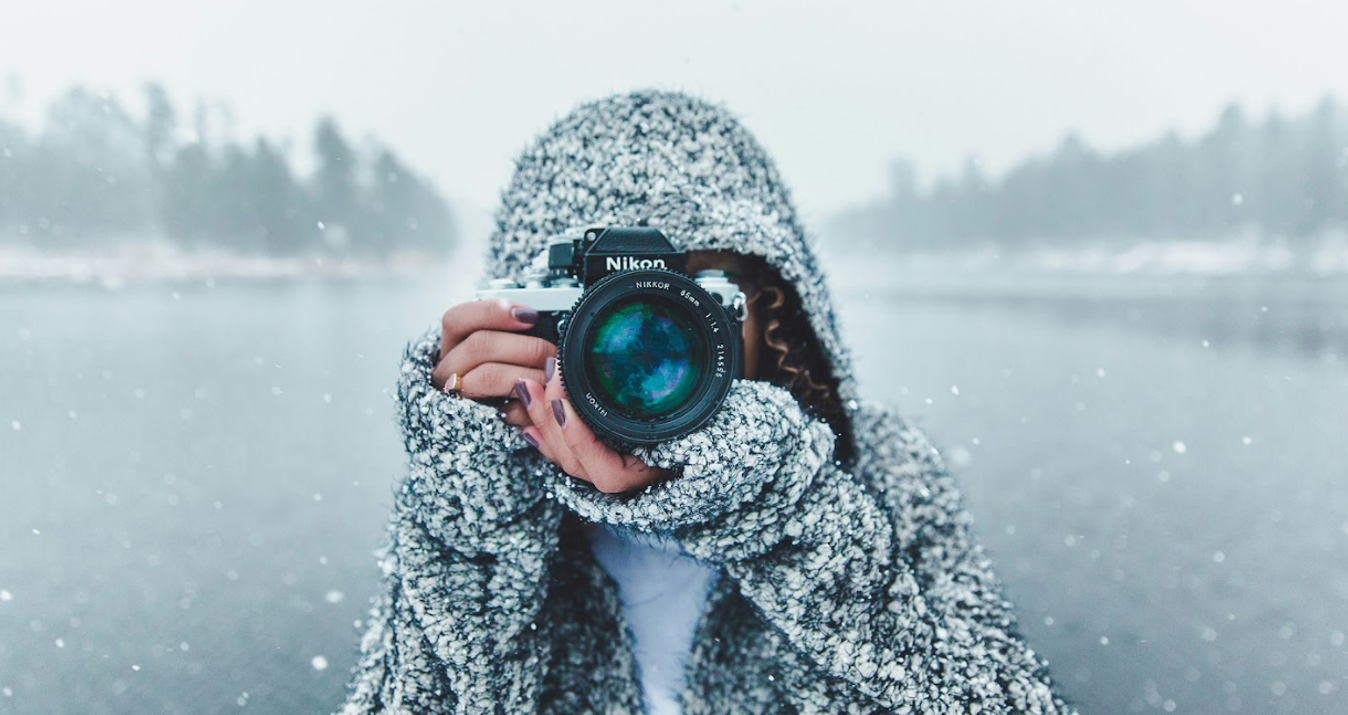The Impact Of Background Choices On Portrait Composition
May 29, 2025

When you think of a portrait, you probably jump straight to the person in the photo. But what’s behind them—the setting or backdrop—matters more than most people realize. It’s not just filler. It helps shape the entire vibe and story of the shot.
The right choice can turn a plain image into something that feels polished, alive, and emotionally real. Whether you’re snapping a quick phone pic or setting up lights in a studio, your surroundings play a big part.
So, let’s break down how different backdrop choices influence portrait composition—things like lighting, depth, color, and texture.
Why Backgrounds Matter More Than You Think
 Even though the person is the main focus of a portrait, the background controls how that person is seen. A messy or distracting one can pull attention away from the face. A well-thought-out back layer, on the other hand, supports the subject and highlights its features, expressions, and mood.
Even though the person is the main focus of a portrait, the background controls how that person is seen. A messy or distracting one can pull attention away from the face. A well-thought-out back layer, on the other hand, supports the subject and highlights its features, expressions, and mood.
Before you hit that shutter button, ask yourself: Is this backdrop helping or hurting the photo?
You may also like: The Role Of Makeup In Portrait Photography: Essential Tips
How Backgrounds Affect Emotion and Storytelling
 A good portrait tells a story; backgrounds are part of the storytelling. Think of a soft, blurred garden scene—it gives a calm, dreamy feel. Compare that to a city alley with sharp shadows and brick walls—now the vibe is edgy and bold.
A good portrait tells a story; backgrounds are part of the storytelling. Think of a soft, blurred garden scene—it gives a calm, dreamy feel. Compare that to a city alley with sharp shadows and brick walls—now the vibe is edgy and bold.
Your backdrop acts as a stage for your subject’s story. It gives context without saying a word.
Popular Emotional Background Styles
Soft and simple: White walls, studio backdrops, or blurred nature
Textured and moody: Bricks, wood panels, or vintage wallpaper
Vibrant and playful: Colorful murals, flowers, or graffiti
Neutral and clean: Light grays, soft pastels, or simple scenery
Each one creates a different emotional space for your portrait.
Less Time Editing, More Time Creating
Try Aperty NowTypes of Backgrounds: What Works and What to Avoid
 Not all backgrounds are created equal. Some are naturally pleasing, while others can ruin your shot without you even realizing it.
Not all backgrounds are created equal. Some are naturally pleasing, while others can ruin your shot without you even realizing it.
Best Backgrounds for Portraits
Plain backgrounds (like a clean wall or studio backdrop)—great for focusing solely on the subject.
Nature scenes (trees, fields, water)—bring calmness and depth.
Urban textures (brick walls, industrial elements)—add grit and drama.
Blurred (bokeh) setting—create softness and highlight the subject.
Backgrounds to Avoid
Busy patterns—they steal attention from the person.
Cluttered spaces—random objects can confuse the viewer.
Harsh lines or poles—they can look like they’re “sticking out” of your subject.
When planning your composition, always ask yourself: “Will this distract the viewer or support the image?”
Practical Tips for Great Background Choices
 Here are some easy things to remember next time you’re shooting portraits:
Here are some easy things to remember next time you’re shooting portraits:
Scan the space first. Look for distractions or messy spots.
Keep your subject away from the background. This adds depth.
Use natural light when possible. It makes settings feel more real.
Check colors. Make sure the backdrop color doesn’t clash with clothing.
Move around. Changing your angle can totally change how the set looks.
You don’t need a fancy studio to make a great portrait — just a bit of planning and awareness.
How Backgrounds Support Headshot Composition In Photography
 Backgrounds are a powerful tool in composition in portrait photography. They help with framing, guiding the eye, and setting balance in a photo.
Backgrounds are a powerful tool in composition in portrait photography. They help with framing, guiding the eye, and setting balance in a photo.
Let’s break down some key techniques:
1. Rule of Thirds
This is probably the most famous photography rule. Imagine your frame divided into a 3x3 grid. Placing the subject off-center, along one of those lines, creates balance and interest. The background fills the remaining space, adding context without stealing the spotlight.
2. Leading Lines
Look for lines in the scene that point toward your subject. Fences, roads, railings, or even tree branches can help pull the viewer’s attention where you want it.
3. Depth of Field
A blurry background makes the subject pop. You can do this with a wide aperture (like f/2.8 or f/1.8) or by putting space between the subject and the backdrop.
Understanding which rule of composition applies to portraits helps you create stunning shots every time.
Backgrounds and Portrait Photography Framing
 Framing is about how you position your subject in the shot — and the background plays a role here, too. Natural frames like arches, doorways, windows, or even tree branches can help focus the viewer’s attention on the person.
Framing is about how you position your subject in the shot — and the background plays a role here, too. Natural frames like arches, doorways, windows, or even tree branches can help focus the viewer’s attention on the person.
You can also use shadows, light spots, or color contrast in the background to create a visual “frame” around your subject. This approach to portrait photography framing adds structure and directs the eye. It also gives the image a more professional feel.
Automatic Skin Smoothing & Detail Enhancement
Try NowWorking With Backgrounds Outdoors vs Indoors
 Choosing between indoor and outdoor comes down to the look you want and how much control you need over the setting. Let’s break it down below.
Choosing between indoor and outdoor comes down to the look you want and how much control you need over the setting. Let’s break it down below.
Outdoor
Pros | Cons |
Natural lighting | Weather changes |
Variety of textures | Random distractions (cars, people, animals) |
More space for depth |
Indoor
Pros | Cons |
Full control over lighting | Limited space |
Consistent setup | Can feel artificial if not styled well |
Easy to keep things clean |
Headshots: Clean Backgrounds Win Every Time
When it comes to headshot composition, simplicity is everything. Headshots are all about the face — no distractions allowed. Solid-color backgrounds, soft lighting, and a narrow depth of field are perfect for clean, professional shots.
Editing Backgrounds After the Shoot
 Sometimes, you can’t get the perfect backdrop in real life. That’s where editing comes in. You can blur, remove, or tweak backgrounds to fix mistakes or enhance the final image.
Sometimes, you can’t get the perfect backdrop in real life. That’s where editing comes in. You can blur, remove, or tweak backgrounds to fix mistakes or enhance the final image.
Want to improve your shots without over-editing? Learn about lights editing for subtle, professional-looking changes that enhance rather than fake the photo.
Experiment With Layers and Depth
 One trick that adds visual interest is layering. This means having elements in the foreground, midground, and background. Maybe there’s a soft curtain in the front, your subject in the middle, and a distant window behind them.
One trick that adds visual interest is layering. This means having elements in the foreground, midground, and background. Maybe there’s a soft curtain in the front, your subject in the middle, and a distant window behind them.
These layers give your photo a natural 3D look. Just don’t let the front or back layer compete with your subject! This is especially helpful in background composition when working in small or cluttered spaces — it helps manage what the viewer notices first.
Final Thoughts
Your subject may be the star of the portrait, but the background is the stage that makes them shine. Whether you’re photographing a CEO, a child, or a friend in the park, the backdrop should always support the emotion and story of your shot.
Great background composition photography is subtle, intentional, and often invisible—because it never distracts from the face in focus. Instead, it enhances it. So next time you lift your camera, don’t just look at the person. Look behind them. What you see back there may be the key to your best portrait yet.



